Switzerland is one of the pioneers in organic farming. Organic production minimizes human environmental impact while ensuring that the agricultural system works as naturally as possible. The area under organic farming is expanding rapidly. Before the EU Regulation on Organic Farming came into force, Switzerland was undoubtedly a leader in organic farming and is still so in many areas.
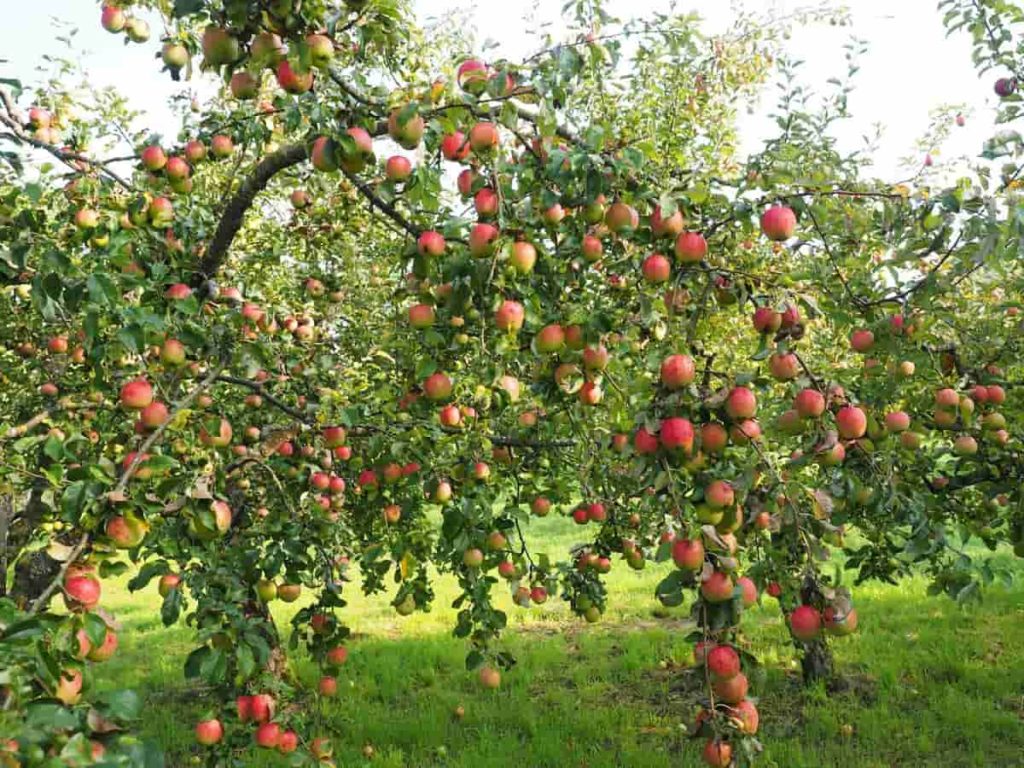
The development of organic farming varies greatly from mountainous areas (10 to 30% of the agricultural area) to plains (about 5%). Let’s check out more information about how to start organic farming in Switzerland.
How to start organic farming in Switzerland
Is Switzerland suitable for organic agriculture?
Organic agriculture has been growing rapidly in Switzerland for the past ten years. The area under organic farming is expanding rapidly. In terms of area, the most essential organic crops cultivated in Switzerland are vegetables, bread cereals, fodder cereals, and potatoes. The organic products of animal origin are eggs, dairy, milk, and meat, the latter being the most important group of products. Organic products are grown with an average size of about 16 hectares on private family farms.
Organic production is based on;
- A farming system maintains and replenishes soil fertility without using toxic and persistent pesticides and fertilizers.
- Organic foods and beverages are minimally processed without artificial ingredients, preservatives, or irradiation.
- The use of Genetically Modified Organisms is prohibited in organic farming. “Certified Organic” means that the item is grown according to strict uniform standards certified by an independent state or private organization.
- Depending on the country, such products are called ‘organic,’ ‘biological,’ or ‘ecological’: to include organic products under Euromonitor definitions, to make the organic aspect part of product positioning/marketing Required. It combines organic food, bakery, confectionery, dairy, ice cream, oil and fat, ready meals, rice, sauces, dressings and spices, snack bars, soups, spreads, sweet and savory snacks, and other organic foods.
Horticulture products under organic farming in Switzerland
The main products are Carrots, Cabbage, Beets, and Celery. The area allocated for organic greenhouse production is only 26 hectares, of which about two-thirds is used for tomato production. Another important greenhouse crop is cucumber.
The most important vegetables suitable for organic farming in Switzerland are Aubergine, Broccoli, Carrots, Fennel, Courgette, Cucumber, Pepper, Tomato, Cherry Tomato, Celery, Lakes, Cress, Cauliflower, Radish, Brussels sprouts, Chinese Cabbage, Beetroot, Celery, Red Cabbage, White Cabbage, Green Cabbage, Large Onion.
In case you missed it: How to Start Organic Farming in Australia: A Step-By-Step Guide for Beginners
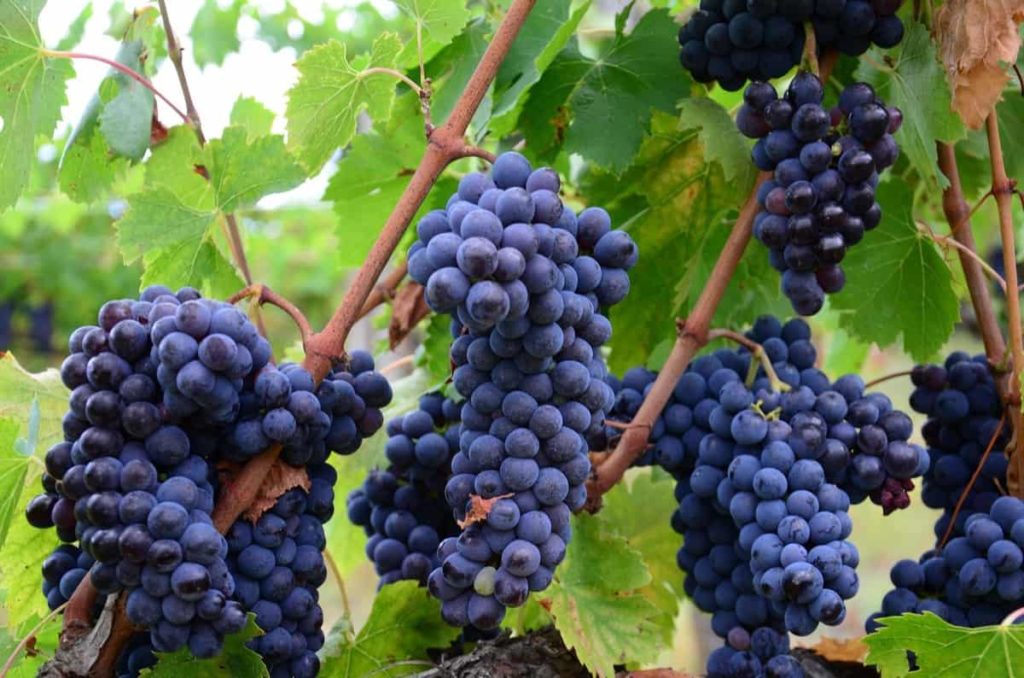
The most important fruits are Apples, Apricots, Pears, Cherries, Mixed fruit areas, Peaches, Plums, Blackberries, Strawberries, Blueberries, Raspberry, Elderberry, and Blackcurrants, Red currants, Kiwi fruit, Gooseberry.
Organic farming ordinance in Switzerland
The organic food demand is growing rapidly in Switzerland. The Swiss Federal Organic Farming Ordinance contains state regulations regarding the production and processing of organic products in Switzerland. It sets minimum standards for organic farming and processing, storing, importing, and exporting organic products.
The processing, marketing, import, and export of organic products and storage are subject to the relevant organic inspection. Organic farm holdings consider natural cycles, keep and feed their livestock ethically, and avoid using chemically synthesized inputs and genetically modified organisms.
Organic farming organizations in Switzerland
BIOSUISSE Switzerland
Bio Suisse is a leading organic farming organization in Switzerland. The organic label “Bio Suisse” is distributed in Switzerland. For example, chains of organic food stores, farmer’s markets, and the largest supermarkets like Coop Naturaplan (2,500 products) and Migros Bio (natural products with origin Swiss come from Bio Suisse farms).
Bio-Swiss Certification – The basis for certification under Bio Suisse Directives is based on an organically valid certification equivalent to the Swiss Organic Ordinance (e.g., EU Reg. Or NOP). In general, the name of the importer of the product in Switzerland who accepts the cost of Bio Suisse certification should also be indicated.
Government policy on organic farming
Swiss law requires that all agricultural subsidies be at least subject to environmental standards. The minimum environmental standards require:
- Crop rotation with at least four crops;
- Measures against soil erosion;
- Balance in nutritional balance; and
- High biodiversity at 7% of agricultural area.
In addition, Swiss farmers can choose from various special programs, such as hedges and fallow lands and animal welfare programs. Further reduction in prices will reduce the income of farmers. Therefore, further development of organic farming in Switzerland will not be based on policy. However, the following two factors will remain or become important:
Organic market growth rate: The total organic food market is growing at an annual rate of twenty to thirty percent. Domestic production is growing at less than 10 percent a year. It should encourage Swiss farmers to meet the domestic demand for organic products.
In case you missed it: How to Start Organic Container Gardening: A Step-By-Step Growing Guide for Beginners
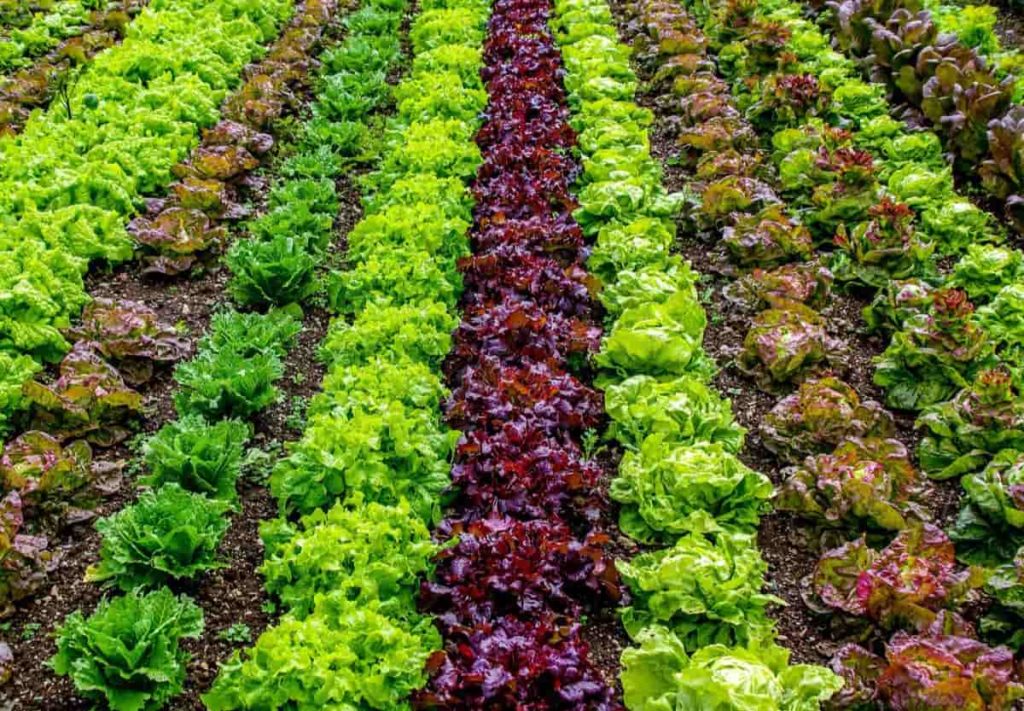
Development of Organic Premium: If producer prices for organic and conventional food are reduced parallel, there will be no additional drive. If organic producer prices fall slower and organic premiums rise (as is common in the EU), conversions will accelerate.
Two forms of direct assistance are available to Switzerland farmers: direct payments to all farmers – organic and non-organic – and payments to organic farmers that produce environmentally and animal-friendly. The Federal Office of Agriculture is responsible for managing this organic system of payments.
The Direct Payments Ordinance in Agriculture contains provisions relating to payments for organic farming. It forms the basis for the distribution of environmentally incentive direct payments in Switzerland and expresses the purpose of Swiss agricultural policy to promote organic farming. There is no federal funding for change. However, five cantonments assist. The gap between regular farm payments and payments available to organic farmers has recently narrowed significantly in recent years.
The number of farms converted to organic farming is hoped to decrease due to market conditions. The amount paid per hectare of land for organic growing farms will not increase much, but the increase in the area under organic farming will increase the total cost. It is expected that due to financial pressures, some cantons will reduce their payments for conversions.
Swiss Market for Organic Fruits and Vegetables – In the last few years, the supply of organic vegetables in Switzerland has grown exponentially. Rising domestic production and high demand for organic fruits and vegetables have positively impacted the growth of the organic sector. The German-speaking part of Switzerland found that vegetables and fruits were one of the most sought-after organic products before eggs, meat, and milk.
The growing demand for organic food is predicted by several key factors, including food safety concerns, environmental awareness, animal welfare concerns, media attention, the credibility of organic farming, availability of supply, and level of consumer education.
Organic farming practices in Switzerland
In organic farming, farmers choose not to use some of the simpler chemical tools available to other farmers. Production system design and management are critical to farm success. Choose businesses that complement each other and choose crop rotation and cultivation methods to avoid or reduce crop problems.
The yield of each organic crop varies depending on the manager’s success. Production yields are lower than conventional levels during the change from conventional to organic farming. Still, after three to five years, organic yield generally increases after a transition period of three to five years.
Soil Health – Soil is the foundation of the organic system and the cornerstone of organic farming methods. Every handful of dynamic organic soil contains billions of microorganisms. These invisible creatures support the plant’s health on every organic farm.
In case you missed it: How to Start Organic Kitchen Gardening: Tips, Ideas, and A Step-By-Step Guide for Beginners
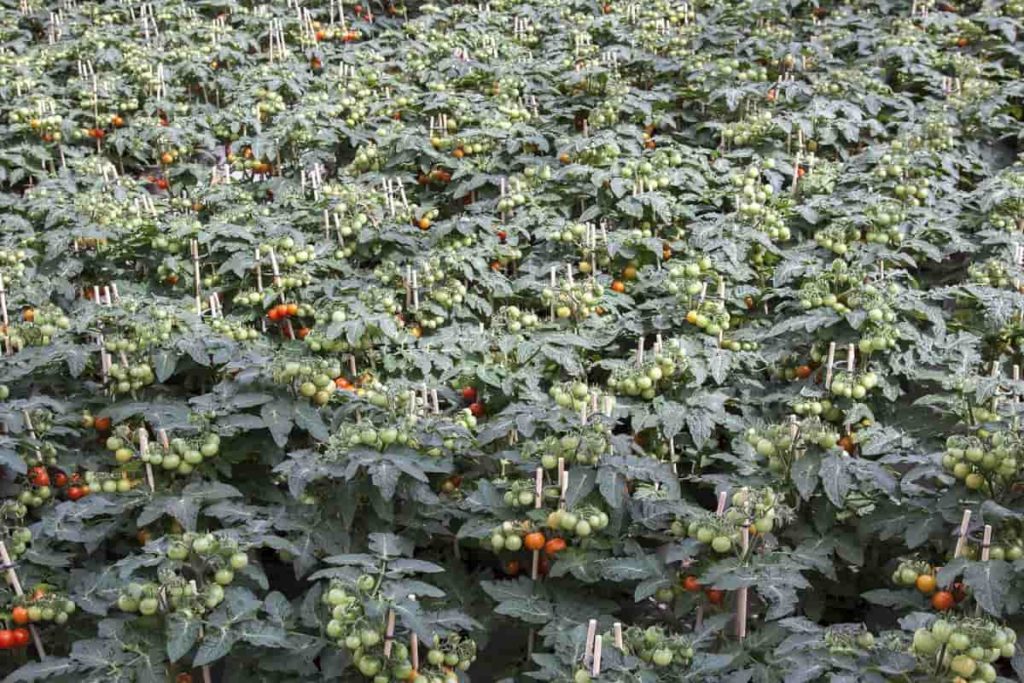
Organic soil management can include many methods to support soil biology, increase organic matter, and increase fertility. Key methods include cover cropping, composting, crop rotation, and grazing management. Organic farmers maintain their soil health using fertilizers or other organic matter instead of synthetic fertilizers. Biological fertilizers, such as compost, slowly release nutrients, produce soil organic matter, and increase the soil’s ability to retain moisture.
Crop rotation – Crop rotation refers to cultivating different crops on a particular land over time. The crop continuity is carefully designed to ensure that soil nutrients are maintained, pest populations are controlled, weeds are suppressed, and soil health is maintained. Crop rotation will cycle through cash crops (such as vegetables), cover crops (grasses and grains), and green manure (mostly legumes).
The exact order of the crops will vary depending on the local conditions, with the key elements of the design being understanding what each crop contributes to the soil. For example, a nitrogen-reducing crop should be applied before a nitrogen-fixing crop. Crop rotation improves the physical and chemical condition of the soil and thus improves the overall fertility. Crop rotation helps control common root and stem diseases that affect row crops.
In Switzerland, as in other countries, the production of organic vegetables in greenhouses is characterized by limited crop rotation and greater reliance on external inputs. It is not only because greenhouses are expensive but also because there are strict regulations for building and using greenhouses. Therefore, farmers use only greenhouses to grow crops with high market demand.
Cover crops – Cover crops are grown to improve the farming system. Cover crops are usually planted between the rotation of income-generating crops, but they can also be planted simultaneously. Cover crops serve various management purposes and are an integral part of the organic farming system.
Cover crops mainly add organic matter to the soil and nitrogen in a slow-release way that plants can handle, reducing nitrogen volatilization. Cover crops can also act as mulch if properly managed, improving the physical properties of the soil in just one growing season and attracting beneficial insects and pollinators.
Green manures – Green manure means mixing green plants with soil enriches them with organic matter. It increases moisture levels and nutrients for microorganisms, thus improving soil quality.
In case you missed it: Organic Farming in Germany: How to Start, A Step-By-Step Guide for Beginners
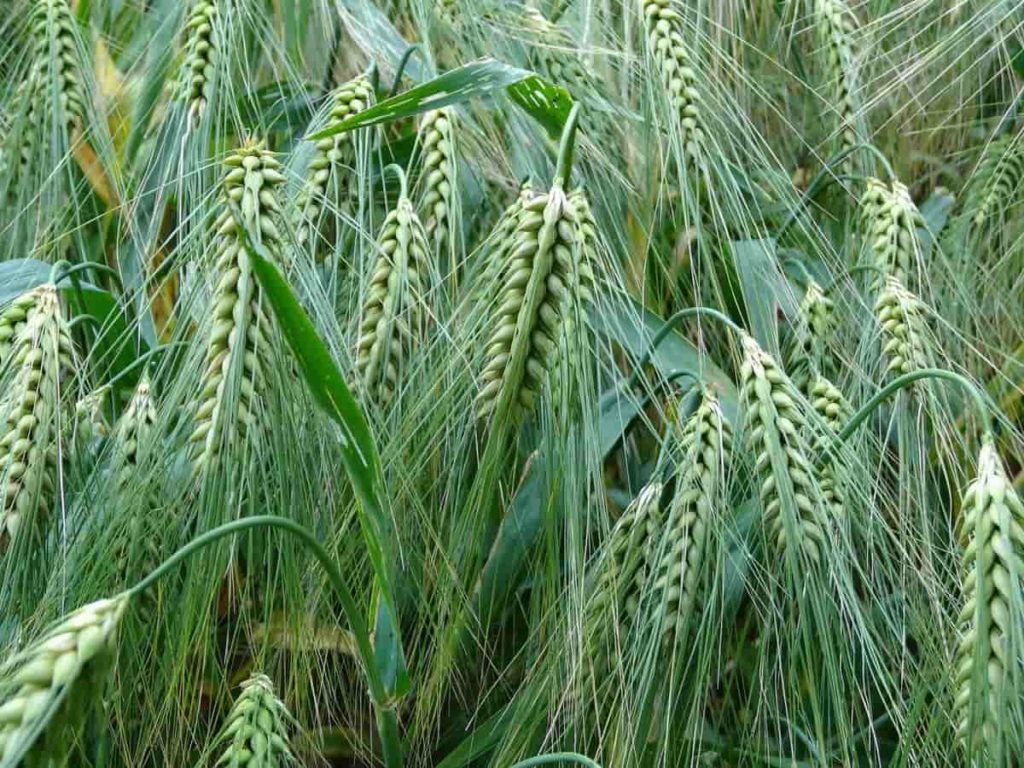
Pest management – Synthetic pesticides harm bees and native species. So, organic farmers manage crop pests and diseases in natural ways. The first defense is to grow organic crops from healthy soil, making the plants more flexible. Many organic farmers plant flowers to attract beneficial insects, which feed on ‘insect’ species. Also, safe sprays made from natural materials are allowed.
Main constraints to market growth in organic farming
Swiss import restrictions are major barriers to market growth in general: Domestic production is protected by trade duties during good domestic supply phases. However, by law, high-duty stages must be combined with low-duty stages. These periods of low trade duty often coincide with periods of inadequate domestic supply (between November and April) and represent the best opportunity to enter the market. There is a parallel range of consumer-related factors that limit the growth of the organic food market:
Price: A price difference between organic products and traditionally prepared food is the most powerful limiting factor on demand.
Trade and Processing Structure: One of the reasons for the high prices of organic produce is that distribution is often inefficient and involves many intermediaries (minimum storage for a minimum amount of organic produce). With the increasing availability and more efficient distribution, prices will fall compared to conventional production.
Availability: Many large-scale retail chains still lack a full selection of organic products (such as fruit). The organic range is incompatible with every general consumption trend (e.g., deep-frozen foods or convenience products). There are also products whose potential demand far exceeds the available supply.
Quality: In some product groups (for example, fruits), organic products do not always meet visual quality standards like conventional products. Organic products are more likely to show aging due to their lower turnover rate.
Important opportunities and constraints for organic farming in Switzerland
The quotas set by the government limit imports into Switzerland. So, exporters and importers want to understand how these quotas work and identify seasonal opportunities for supply to specific markets where domestic supply may decline. Domestic demand for organic fruits and vegetables will continue to increase. It is unclear whether an increase in domestic supply will meet domestic demand.
In case you missed it: How to Start Organic Backyard Gardening: A Step-by-Step Guide for Beginners
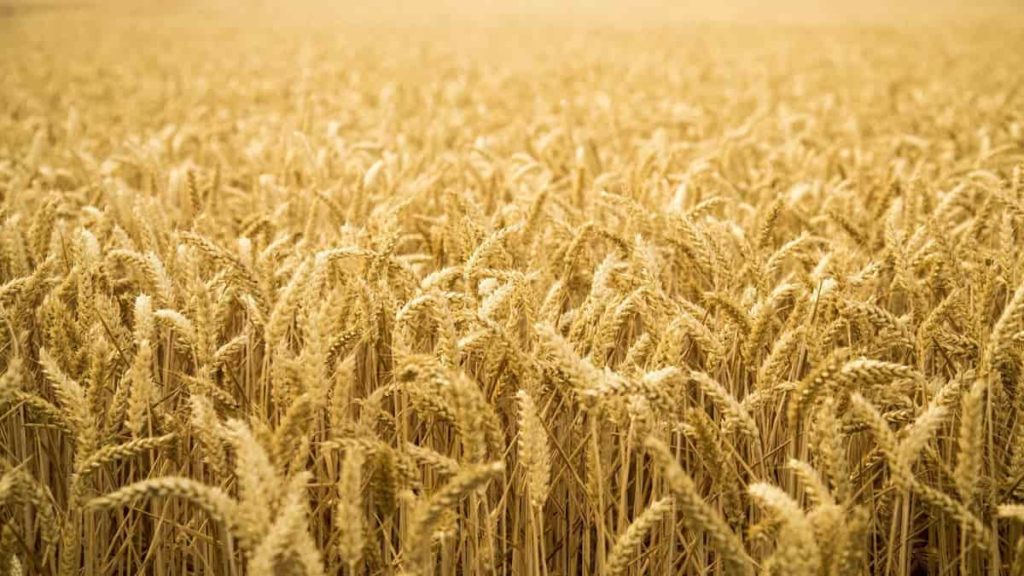
Therefore, the quota may be increased over time. It is especially so because supermarket chains are more involved in increasing demand to meet their organic fruit and vegetable limit and reduce seasonal shortages. The constraint is that Swiss consumers currently prefer locally manufactured products.
Access to the Swiss market for organic products from developing and transition countries is regulated by equivalence. The production, processing, inspection, certification, and labeling of organic products in these countries must meet the requirements of the Swiss Organic Farming Ordinance. It does not mean that the same procedure has been implemented. It is important to adapt the standards of organic farming to local conditions and use certification bodies in these countries.
- Economical Aquaculture: A Guide to Low-Budget Fish Farming
- 15 Common Planting Errors That Can Doom Your Fruit Trees
- How to Make Houseplants Bushy: Effective Tips and Ideas
- Innovative Strategies for Boosting Coconut Pollination and Yield
- Pollination Strategies for Maximum Pumpkin Yield
- The Complete Guide to Chicken Fattening: Strategies for Maximum Growth
- Natural Solutions for Tulip Problems: 100% Effective Remedies for Leaf and Bulb-Related Issues
- Revolutionizing Citrus Preservation: Towards a Healthier, Greener Future
- Natural Solutions for Peony Leaf and Flower Problems: 100% Effective Remedies
- Maximizing Profits with Avocado Contract Farming in India: A Comprehensive Guide
- Natural Solutions for Hydrangea Problems: 100% Effective Remedies for Leaf and Flowers
- The Ultimate Guide to Choosing the Perfect Foliage Friend: Bringing Life Indoors
- From Sunlight to Sustainability: 15 Ways to Use Solar Technology in Agriculture
- The Ultimate Guide to Dong Tao Chicken: Exploring from History to Raising
- The Eco-Friendly Makeover: How to Convert Your Unused Swimming Pool into a Fish Pond
- Mastering the Art of Delaware Chicken Farming: Essentials for Healthy Backyard Flocks
- 20 Best Homemade Fertilizers for Money Plant: DIY Recipes and Application Methods
- How to Craft a Comprehensive Free-Range Chicken Farming Business Plan
- Brighten Your Flock: Raising Easter Egger Chickens for Beauty and Bounty
- How to Optimize Your Poultry Egg Farm Business Plan with These Strategies
- Subsidy for Spirulina Cultivation: How Indian Government Schemes Encouraging Spirulina Farmers
- Ultimate Guide to Raising Dominique Chickens: Breeding, Feeding, Egg-Production, and Care
- Mastering the Art of Raising Jersey Giant Chickens: Care, Feeding, and More
- Ultimate Guide to Raising Legbar Chickens: Breeding, Farming Practices, Diet, Egg-Production
- How to Raise Welsummer Chickens: A Comprehensive Guide for Beginners
- How to Protect Indoor Plants in Winter: A Comprehensive Guide
- Ultimate Guide to Grow Bag Gardening: Tips, Tricks, and Planting Ideas for Urban Gardeners
- Guide to Lotus Cultivation: How to Propagate, Plant, Grow, Care, Cost, and Profit
- Agriculture Drone Subsidy Scheme: Government Kisan Subsidy, License, and How to Apply Online
- Ultimate Guide to Raising Araucana Chickens: Breed Profile, Farming Economics, Diet, and Care
- Bringing Hydroponics to Classroom: Importance, Benefits of Learning for School Students
- Ultimate Guide to Raising Polish Chickens: Breed Profile, Farming Economics, Diet, and Care
- Ultimate Guide to Raising Australorp Chickens: Profile, Farming Economics, Egg Production, Diet, and Care
- Silkie Chicken Farming: Raising Practices, Varieties, Egg Production, Diet, and Care
- Sussex Chicken Farming: Raising Practices, Varieties, Egg Production, Diet and Care
- Homemade Feed Formulations for Livestock: Discover Cost-effective Starter to Finisher Feed Recipes